Easy Way to Get Rid of Bats
Bats play a vital role in the ecosystem as pest controllers and pollinators. But because bats pose a health risk through the potential transmission of zoonotic diseases, it is necessary to keep them away from humans. Learn how to get rid of bats effectively and humanely–sans the garlic.
1. Fill up holes and seal cracks
In the wild, bats like to hang out in caves during the day. In the absence of these caverns, they will take any dark space that gives them shelter and protection from predators. Given this, it's easy to see why it is common to have bats in chimneys, bats in attics, bats in wall cracks, and bats in roof eaves.
If you get rid of possible entry points, that's one less reason for bats to choose your home. This is the best way to prevent a bat infestation. However, if you already have bats in house, make sure none of them are trapped inside before you start filling up the holes.

Professionals typically fill up the hole with a metal mesh that is hard for animals to chew through, yet malleable enough to fit in crevices of different shapes and sizes. Stuf-fit Copper Mesh is a great option for this because it's stain-proof, rust-proof, and chew-proof.
After stuffing in the whole, use a foam sealant that expands to fill in the tiny holes in the mesh. Pur Black Foam is a popular option among pest and wildlife control companies.
It comes in a can that must be loaded into a foam gun for application. Make sure to use safety equipment and ensure proper ventilation as this is harmful if inhaled. A couple of hours later and the material has solidified, completely filling up the cracks.
2. Use a natural bat repeller
If you want to know how to deter bats in a simple, easy way, bat repellent sprays are a good option. These are made of synthetic chemical or natural ingredients that are unpleasant to bats.
Bat spray can deter bats from nesting and deter bats from roosting when applied in strategic entry points, resting spots, and hollow spaces.
Bonide Bat Magic is a popular bat repellant. It contains peppermint and spearmint essential oils that give off smells bats don't like. These are natural products that do not harm the bats, other animals, and humans in the vicinity.
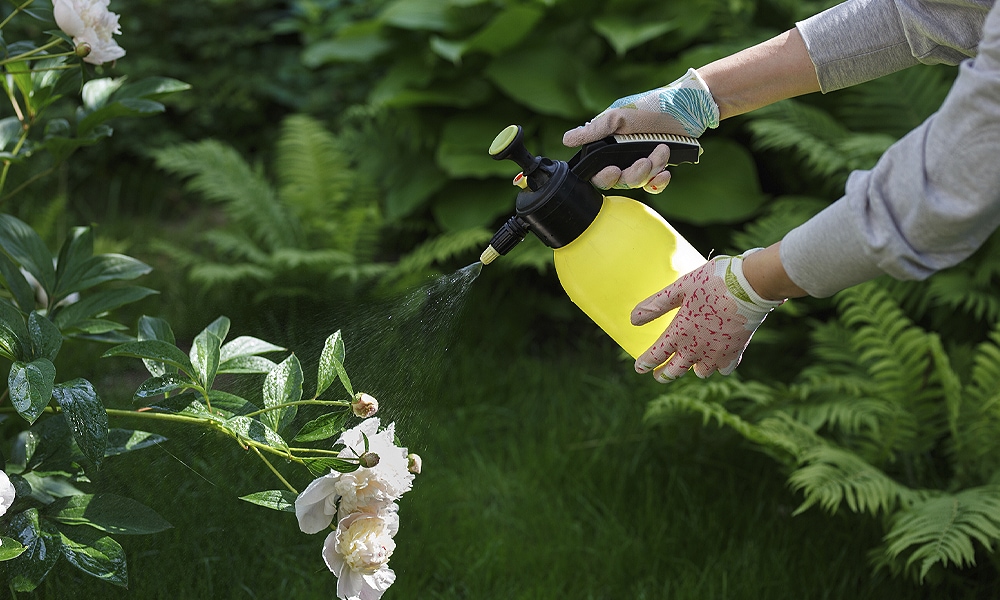
To use this product, simply place a packet in the part of your home where the bats have made their nest. One pack is able to cover up to 150 square feet of space.
You can also tack them on the wall or hang them on eaves. Because this product is a natural bat repellent, it is biodegradable and requires no special safety measures.
This is best used to keep bats away or to stop the early stages of infestation. This may not be enough to remove bats that have firmly established their colony in your home. In these cases, other bat pest control measures may be more effective.
3. Install a bat net
Installing a bat net is another way to stop the bats from reentering your home. Whereas a bat cone can be used for small holes, a bat net is best used to cover a big hole or several small ones that are located near each other.
Observe where in your house you see bat activity and identify their entry points. Estimate the size and cut the bat net if necessary.
Secure the top corners a few inches above the entry points, and allow it to hang down. This will allow the bats to fly out under the net. But when they try to get back in, they're confounded by the presence of the net.
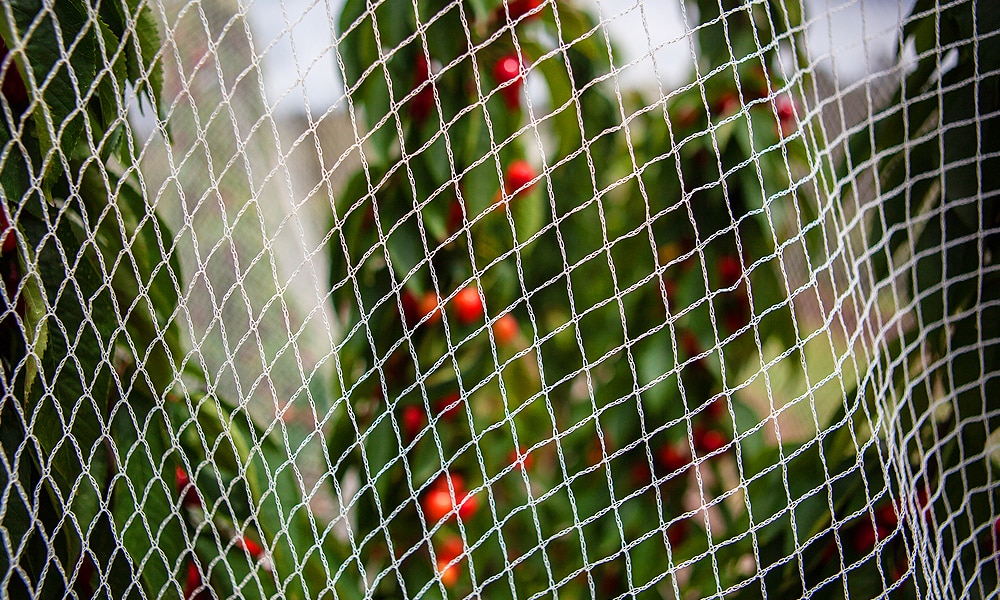
Bird Barrier StealthNet Bat Net is a popular option. It is made of woven monofilaments of UV-resistant polyethylene. The thin strands help make it unobtrusive to keep the aesthetic if your home.
But because of the material, it withstands breakage and remains intact in different weather conditions. Though rare, it is possible for bats to get stuck in the netting. If this happens, do not attempt DIY bat removal.
Handling a live bat is dangerous and may cause the transmission of zoonotic diseases. So who to call to get rid of bats that have gotten stuck in your net? Leave it to the wildlife and pest control professionals to keep you and your family safe while extracting the trapped animal.
4. Install a decoy bat house
If you want to know how to keep bats away and stop them from coming back, you may want to consider installing a decoy bat house nearby. There's nothing like a better home to entice them to leave yours alone.
The Songbird Essential Bat House Kit makes building a decoy bat house easy. It comes with pieces you need to build a home for your unwanted guests. It's made out of cut cedarwood planks that fit into each other.
It comes with an easy-to-follow set of instructions that even a kid can make. It's a great way to get everyone in the family involved in getting rid of bats while teaching the children how to respect animal life.

Remember, bats are great at keeping insect populations under control, so it's good to have them around. But before buying, do research on the bat species you're dealing with to know what size of bat house you need.
Bats are often associated with darkness, but their houses should get at least six hours of sun daily. Install it on concrete or wooden structure rather than a tree to lessen the chances of predators reaching them.
In fact, it's best placed 20-30 feet from the nearest tree. Ideally, the bottom of the bat house should be 12-20 feet from the ground and at least 10 feet above any vegetation.
5. Remove food sources from your garden
Prime bat real estate is comprised of a trifecta of a cozy home, safety from predators, and availability of food. If you're having a hard time getting rid of bats from your home, chances are your property ticks all the boxes.
The first thing you need to do is know what bat species you're dealing with. Some bats eat insects, some bats eat fruits, while most eat a mix of both. If you see that their favorite food is growing or flying around in your garden, it's time to make changes.

Common bat-attracting insects include beetles, moths, and especially mosquitoes. Many households that experience bats roosting also suffer from a mosquito problem. Fixing that not only helps get rid of bats, but also keeps your family safe from mosquito-borne diseases.
If you use an insecticide, make sure to get one that does not harm bats or other animals in the vicinity. Fruit-eating bats are not particularly picky and like a variety of fruits.
Take note of the fruits in your garden and consider having them covered with bird netting to prevent access. Some bat species also sip on nectar, so you may want to rethink your flower bed options.
6. Implement a bat cone bat deterrent
If you have a bats nest in your attic or a hollow space in your house, chances you can't be sure all of them have left before you seal in the opening. The last thing you would want is to block the opening and inadvertently trap a bat or two inside.
So you need a bat removal method that allows them to fly out but prevents them from flying back in. This is thought behind the principle of exclusion, which many professionals say is the best way to get rid of bats.
That's where products like the Bird Barrier Batcone 2 Bat Deterrent come in. It serves as a one-way door where bats inside your house can leave but cannot re-enter. This square tube is made of heavy-duty plastic. The base is outfitted with holes for easy installation.
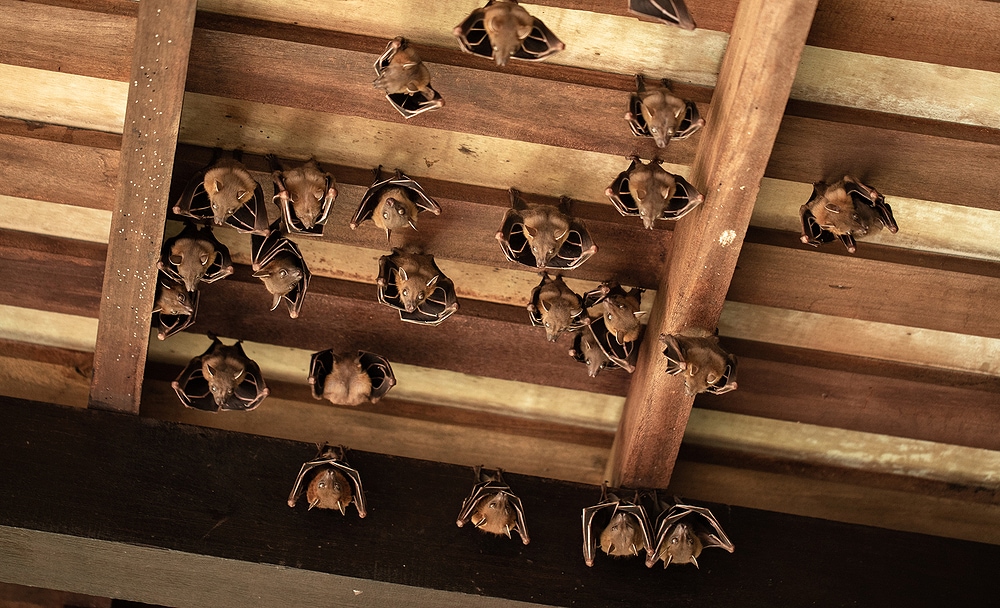
Lorem ipsum dolor sit amet, consectetur adipiscing elit. Ut elit tellus, luctus nec ullamcorper mattis, pulvinar dapibus leo.Simply nail the base to an opening that the bats use to get in and out of your house. Make sure to point the tube towards the ground to make it more difficult for bats to enter.
During the night, many of the bats will go out to feed. When they return, they find that they cannot enter through the opening. The narrow, downward-facing tube does not allow them to fly through.
For the first few days, the bats may congregate around the opening in an effort to return to their home. However, they will eventually realize that your home is no longer viable and leave to find a better place to set up their colony.
7. Install bright lights
In the same way that vampires can be repelled by the sun, so can bats be repelled by bright light. But how to remove bats using light?
Remember that bats are most active during the night. It is probably because there are less insectivorous birds to compete for food with, and less predators running around to worry about.
When bats are tired of a long night of feeding, they want to sleep and rest. That's not something they can do with bright lights in their nest.
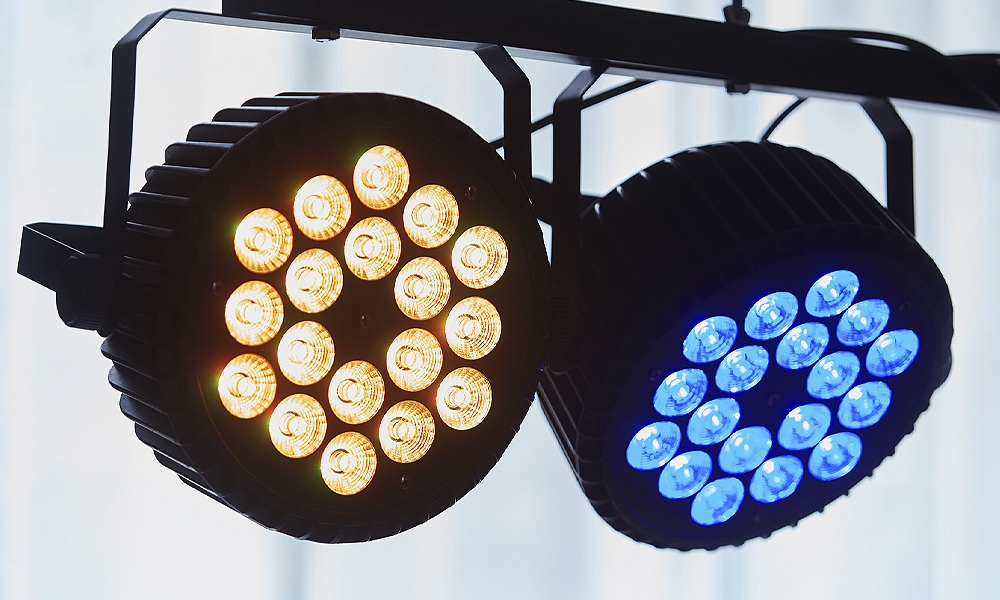
A good way to get a bat out of your house is to use DJ Flash DMX 800 Watt Strobe Light. This rave party staple fulfills a different function when placed in a bat's nest.
During the dead of night, face your fears and put the strobe lights where their nest is. Point it upwards as bats often hang from the ceiling, then leave it on.
When the bats come back as the dawn is breaking, they'll find that daytime has suddenly invaded their dark little corner. Bats do not like to have their beauty sleep interrupted by flashing lights, so they'll want to find somewhere else to stay.
8. Use mothballs
You may be surprised to find out that your storage staple makes a pretty good bat deterrent. The active ingredient is naphthalene, which is toxic to moths and other insects.
Among the different bat removal products, this is the only chemical repellent registered for indoor use. Mothballs for bats work because the solid form of naphthalene turns directly into vapor in a process called sublimation.
These particles cause vomiting, dizziness, and nausea in bats, but it is only lethal in extremely high amounts. Mothballs are best used for small spaces that are not frequented by people or other animals.

Bigger spaces will require a large amount of mothballs. The recommendation is to leave 5 pounds of naphthalene per 2000 cubic feet. Note that this is a good way to get rid of bats in the attic, but not a great way to keep them out.
Once the naphthalene particles dissipate, the bats are likely to return. Before using mothballs, consider the safety of your home. Make sure to keep your family members away from the room or area that you will place the mothball in as inhaling naphthalene has serious side effects.
It is best to place them in a high area not just because bats congregate in the ceiling, but also to keep it out of reach from kids and pets. Naphthalene is extremely toxic if it is eaten.
9. Scare them with sound
In the dark of the night, bats rely on their sense of hearing to catch prey. This unique process is called echolocation.
They give off ultrasound, which are sounds that are above the frequency hearing threshold of humans. Bats hear their own calls returned to them when they bounce off surfaces, and use this to catch prey and avoid danger.
You can take advantage of this by getting rid of bats with sound-emitting devices. There are products that make regular loud sounds that surprise and scare off bats. However, this can be irritating to humans who live in the house as well.

The more popular sound deterrents for bats are those that use ultrasonic sounds. These sounds are in the same frequency as bat ultrasounds, so it cannot be detected by human ears.
Neatmaster Ultrasonic Pest Repeller has three settings that correspond to increasing levels of infestations: bionic, electromagnetic, and ultrasonic sounds. The first two settings cannot be heard by humans, but the third can. It can be annoying, so stay out of the room if you use the ultrasonic setting.
Simply plug in the device into a socket in the room where the bat colony is. It should be 20cm to 100cm away from the floor. A single unit is good for 1200 square feet of space, but it cannot penetrate walls.
10. Play with temperature
Bats are finicky creatures in the sense that they like their habitat just so. Most species prefer temperatures ranging from 80-90 degrees Fahrenheit. Anything less or more than that facilitates bat removal from house.
However, it is much easier to adjust the temperature to go up rather than down. You can do this by buying heaters from your local home depot or appliance store. The goal is to make the bats' nest rise to 100 degrees Fahrenheit or slightly higher.
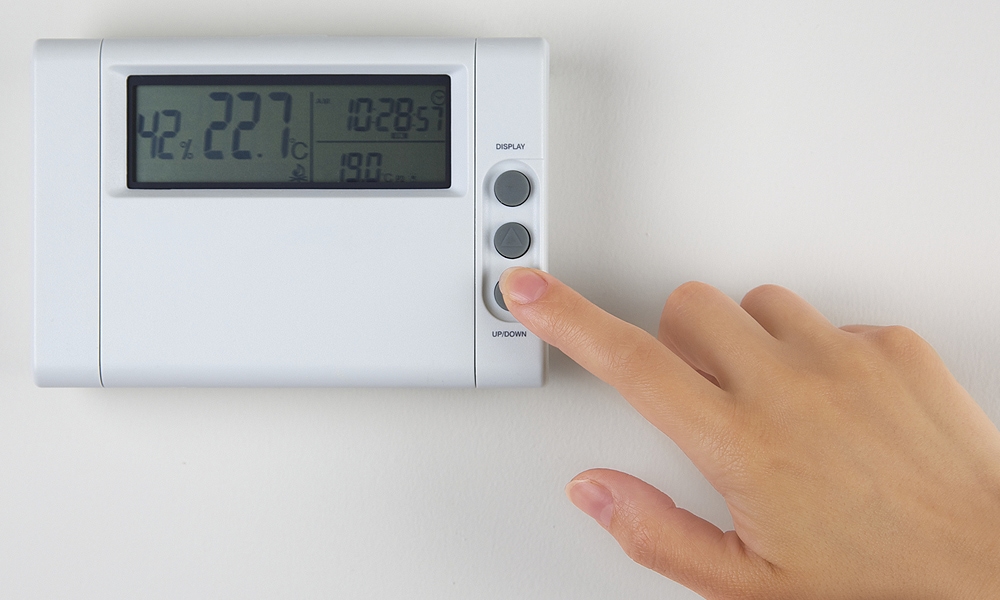
The heat also gets rid of moisture through evaporation. To deter bats, you basically have to make your attic dry and hot.
Before going into the store, it may be a good idea to measure the dimensions of your attic or wherever space bats have chosen to nest in. Relay this information to the salesperson so they can estimate how many you need.
Note that you will need to keep the heat up for a couple of days to be able to see the effect. Make sure to check every few hours to ensure that the heat is contained and everything is safe.
11. Hang aluminum foil
Animals, in general, do not like bright flashes of light. The same principle works even better for bats. They prey during the night, where their eyes have adjusted to the dark.
Sudden bursts of bright light are disorienting and irritating. Aluminum foil is an inexpensive and easy-to-find home remedy that uses this principle. Its reflective surface and crackling sounds make it a good bat repellent.

You can hang strips of foil near the entry point to the bat colony's home and allow them to catch the light off the outdoor lamps.
You can also scrunch them up to make aluminum foil balls. Hang them together so they can crunch into each other when the wind blows.
This is best used with other bat removal products as light may not be a strong enough deterrent for large, established colonies. You also have the option of using mylar balloons, reflective tape, or even old CDs.
12. Install a mirror
A mirror is another way to use light for bats pest control. You can place this inside the attic or wherever the bat infestation in your home is.
During the day, angle it towards the ceiling and shine a light on it to disturb the bats' rest. You can also install mirrors in strategic places to reflect strobe lights or other bright lights.
This makes it easy to target the light towards the parts of the ceiling where bats are hanging upside down.

Small mirrors can also act the same way as aluminum foil and other reflective surfaces. You can hang them near the nest entrances or roosting areas.
Their erratic movement in the wind catches the light and frightens bats away. Take note that hanging mirrors and other light-reflecting devices are not particularly strong deterrents, so they should be used in conjunction with other methods of bat removal.
But the advantages of using these methods include the cheap cost, easy availability, low risk of toxicity, and low impact on the environment.
13. Essential oils and house items
For those who have been noticing a couple of bats regularly flying over their home and roosting in nearby, you may want an easy DIY solution to help deter them for a nest. This DIY solution is best for those who are anticipating a bat infestation.
If you've noticed a couple of bats flying around over your home or roosting in the eaves, you might want to consider putting together essential oils and household items to stop the problem before it starts. The pungent smell of essential oils may seem pleasant to us but are quite the opposite to bats.

Since their noses are much more sensitive, strong scents tend to scare them off. There are many essential oils available, but the ones that are popular among those who want to get rid of bats are cinnamon, eucalyptus, cloves, mint, and peppermint.
Mix a couple of drops of your preferred essential oil with 2 cups of warm water and half a cup of sugar. Shake the mixture to incorporate all the ingredients.
Place in a spray bottle and get ready to spritz. Look for the places that the bats visit the most, and spray until it is visibly damp but not dripping wet. The scent may help deter them from coming back.
14. Phenol
Phenol is a chemical that is commonly used to disinfect medical supplies and equipment. It has a mildly sweet scent to humans, but to bats, it's unbearable.
Bats have a stronger sense of smell than humans. They are more sensitive to odors, so using phenol for bats is one way to repel them.
Phenol can come in spray cans or in crystal form. Spray cans are easy to apply and can be used on vertical surfaces. However, the smell might not last as long because of its vapor form.

Crystals are best used for roosting areas and other horizontal surfaces. They last longer than vapor. If you decide to use phenol, you may need to reapply regularly for it to work.
The scent should reach and permeate the roosting area for several days for it to effectively drive out bats from that space.
Phenol readily permeates the skin, so make sure to take precautions when handling the product, especially if the concentration is high. Use protective equipment to prevent inhalation and gloves from preventing contact with the skin.
15. Call a professional
There are cases when the bay colony has been so firmly established in the house that bat removal products simply do not work. Longstanding infestations can be very difficult to root out.
The bats have gotten so used to calling a structure their home that any repellent or deterrent thrown at it is useless. If this is the case, then it's best to call a pest removal service.
They have the manpower, equipment, and expertise to get rid of your bat infestation. This may be the most expensive option on this list, but it's worth it.
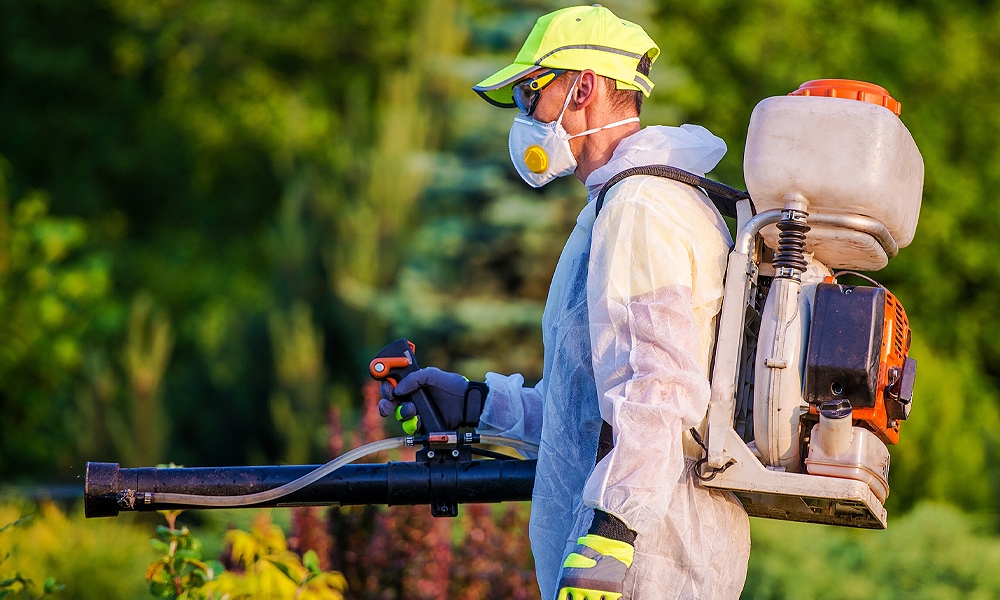
They will do a thorough assessment of your home, interview you about the infestation, and use that knowledge to tailor-fit a bat pest control plan for you. They will most likely use several methods to get rid of bats, and all you have to do is sit back and relax.
Make sure to hire a registered pest or wildlife control company. Compliance with environmental laws and adherence to ethical principles is important.
Consider the use of bat poison as a red flag. They may be unwelcome house guests, but they make great neighbors. Remember, the goal should not be bat extermination, but bat removal.
Related:
- Bat Symbolism & Meaning (+Totem, Spirit & Omens)
- 15 Tips on How to Get Rid of Squirrels Fast [Humanely]
- 15 Tips on How to Get Rid of Bees Fast [Humanely]
Source: https://worldbirds.com/how-to-get-rid-of-bats/
0 Response to "Easy Way to Get Rid of Bats"
ارسال یک نظر